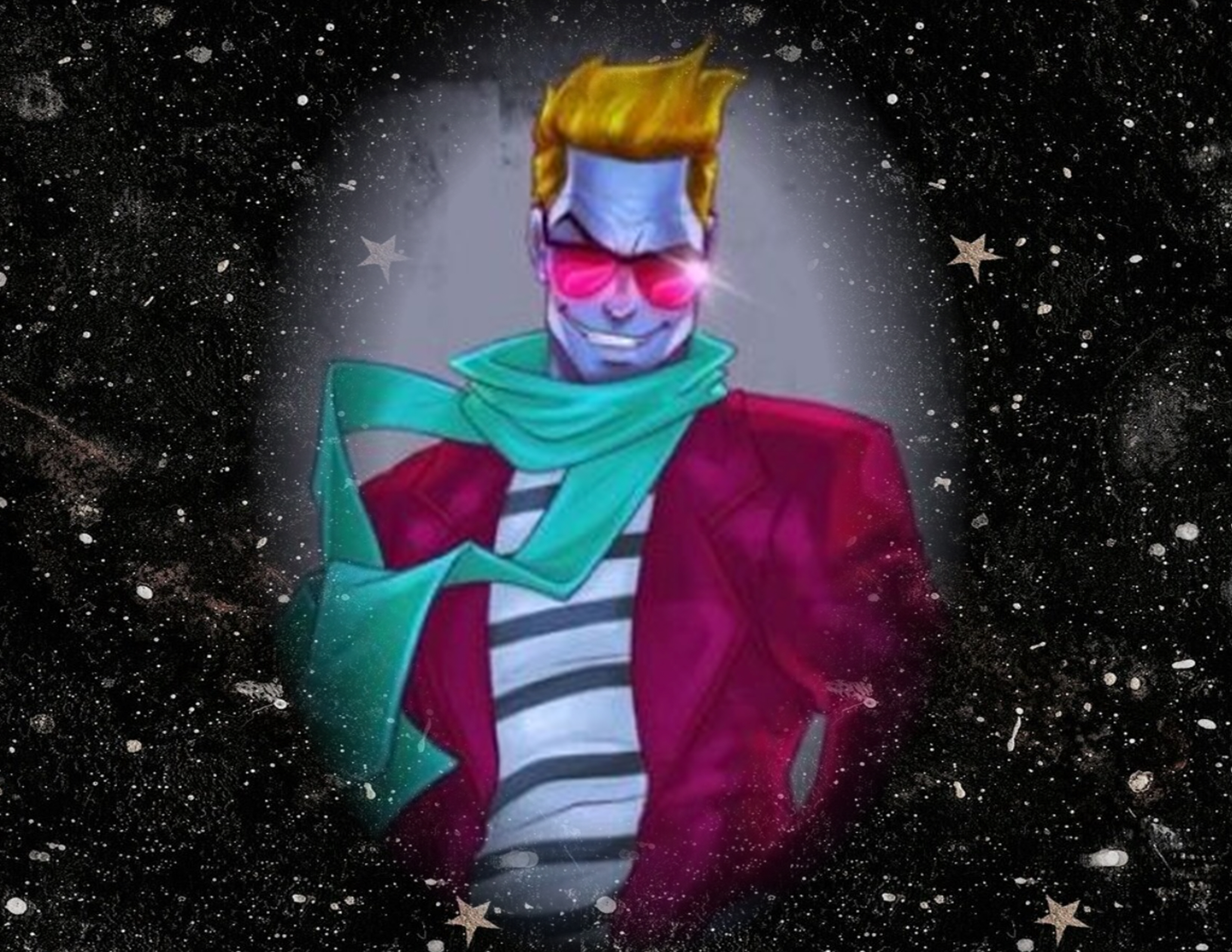 Submitted by Jaded Philosopher on
Submitted by Jaded Philosopher on

Derivative Images
Are jerks creepy? Are creeps always also jerks? What's the difference between a jerk, a creep, an asshole,a bastard, and a schmuck?
Interesting and important questions! Really. Slang terms of abuse often reflect one's moral vision in surprisingly subtle ways.
After hashing it out a bit, I have the beginnings of a theory.
Let's start with being creepy. The Oxford English Dictionary traces the usage back to the late 19th century: Something is creepy if it is prone to make your skin creep from horror or repugnance. But that's a little thin. Why are abandoned houses creepy but not wars (which are more horrible) or puddles of vomit (which are more repugnant)?
Another possibility, suggested by a recent psychological study, suggests that creepiness is related to ambiguity of threat. That's an interesting idea and, I think, partly right -- but not all ambiguous threats are creepy. If a schoolteacher tells a child, "you'll be punished for that" or if a mobster says "you're gonna pay", that's an ambiguous threat, but it isn't creepy.
In his forthcoming book Making Monsters, David Livingstone Smith notes that the phenomenon of the "uncanny valley" in robots is a phenomenon of creepiness more than "uncanniness" as the word is used in 21st century English: Robots that look too close to human, without looking exactly human, seem eerie or revolting. Here's Wikipedia's example:
Livingstone Smith notes that monsters are sometimes creepy in a similar way: Werewolves, zombies, and vampires, for example, are close to human, but not essentially human, and that fact is central to their creepiness, especially when there is malevolence beneath.
A creepy house might be creepy in a somewhat similar way: It's close to seeming like a normal house but it's not quite right. One senses that something ominous lurks beneath the surface. Similarly, a creepy doll combines cuteness with a hint of something wrong and malevolent. The creepiest stories are those where you can tell that something evil is going on, because things are wrong on the surface in a foreboding way, but you can't quite place your finger on that evil.
Oddly, perhaps, the etymology of a person as a creep is quite different. Per the OED,originally a "creep" was a thief who crept around quietly, a stealthy robber, especially one who worked in a brothel.
The contemporary use of "creep" as a noun to refer to a person no longer suggests thievery, but some of the sexualized tinge remains: The paradigmatic creep has sneaky, sexual intentions -- the kind of person who might follow a young woman at a distance or peer through her window, taking photos. Like the thieving creep, there's also something sneaky, something invasive. Not all creeps are sexual, however. A car salesman could be a creep if he acts strangely, invades your personal space, and throws you off balance with overly personal questions that superficially seem nice, for the sake of ripping you off on the sale, even without any sexual dimension.
Further complicating matters, not all creepy people are creeps. A lean, long-fingered undertaker with a soft voice and a thin smile might be creepy. But he's not a creep -- not unless, maybe, he also has some secret, malevolent intent.
Here's my first pass at pulling it together. Like a creepy doll or an uncanny robot, a creep is close to normal on the outside, but not quite normal. There's something subtly off in the creep's appearance or manner, as though the creep is wearing a mask that doesn't quite fit. Beneath the surface lurks an active malevolence -- maybe sexual, maybe not -- that somehow pokes through. The creep is sneaky and invasive, not blatantly aggressive. You can sense, somehow, that the creep is untrustworthy. But you can't quite nail down exactly what is wrong or what the creep is secretly planning.
http://schwitzsplinters.blogspot.com/2021/05/creeps-and-creepiness.html
- 596 reads